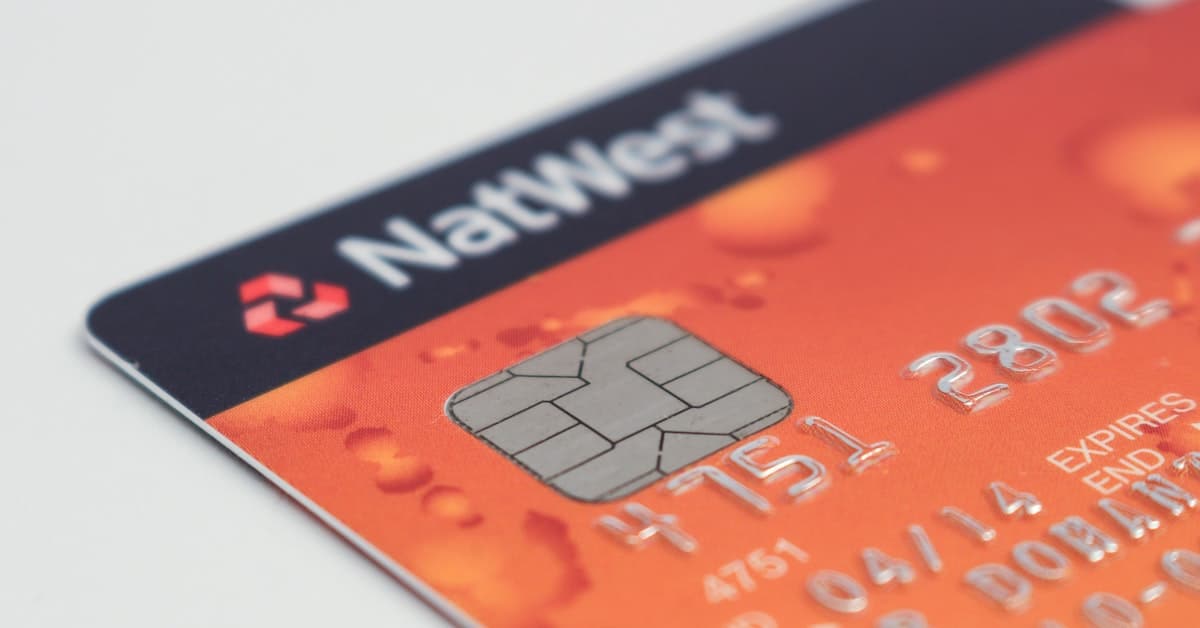How do you do a Texas name change after a divorce? Can you change your name as a part of the proceedings, or is it a separate process altogether?
The simplest way to change your name as a part of the divorce is to request it on your petition, waiver, or answer. If you finalize your divorce before changing your name, the process is a bit more complex.
The vast majority of women take their spouse’s last name when they get married– only about 20% or 30% of women in the U.S. retain their maiden name once they wed their spouse. A much smaller percentage of men in the United States– about 3%– take their wife’s last name when they get married.

Some couples choose to combine their names with a hyphen, so both of their surnames are represented, while others choose an entirely new last name to share as a part of their marriage.
The frequency of spouses taking each other's last names or hyphenating their names vary significantly by state. A study from 2006 found that 6.24% of brides kept their last name in Texas, while 4.5% adopted a hyphenated name. In contrast, 22.67% of brides in New York kept their maiden name during the same year, and 5.25% adopted a hyphenated last name.
This means that many individuals are faced with the question of how to change their name after a divorce.
The simplest option is to change your name as a part of the divorce proceedings. You must request or agree to the name change during the process– your name does not automatically revert back to the name you had before you were married. This is something that can be requested or agreed to as a part of the divorce petition, waiver, or answer.
However, going this route is only useful if you want to restore the name you had going into the marriage. You will not be able to request a name change to a brand-new last name.
When you receive your divorce decree, you will see that your restored name is included. In order to change your name on all of your official identification documents, you will use a copy of your divorce decree.
If you are dissolving a common law marriage and have legally changed your name as a part of the partnership, all of the same information about changing your name in a divorce applies.
If you did not request a name change as a part of the petition, waiver, or answer but are still going through the process of divorce, you can amend the divorce petition so long as your trial date is more than thirty days away.

If you are able to amend the divorce petition to request that you change your name back to your maiden name, it will be reflected on your final divorce petition. You can then use this document to change your name on all official identification documents.
If your divorce has already been finalized and you did not change your name as a part of the proceedings, you will have to take additional steps. This is also the case if you want to change your name to something other than your maiden name, as you can only request that you revert back to your maiden name during the divorce process.

The following are the requirements for a name change in Texas:
As a part of the process, you will also have to pay a filing fee and turn in your petition with a fingerprint card attached. Let’s look at all of the steps you will need to go through:
Court orders are required to change your last name, but making minor changes to your first or middle name typically only requires that you fill out an application to amend your birth certificate. This process is handled by the Texas Bureau of Vital Statistics.
You cannot request that your child’s last name be changed as a part of divorce proceedings. Changing the last name of a child is considered a separate lawsuit unless it is part of a paternity or adoption proceeding.
A parent, legal guardian, or managing conservator can file a child name change case in Texas. You will need to file the case at the district clerk’s office in the child’s county of residence. It is required that the other parent is informed about your desire to change your child’s name unless their parental rights have been terminated.
You and the other parent can file the request together if they agree to the name change. If they disagree, the other parent will need to be served with legal notice by a sheriff, constable, or private process server.
After you’ve changed your name, there are a few more steps you’ll need to take to make sure that your name is updated in all of the most important places.
To change the name on your Social Security card, you will need to fill out an SS-5 form through the Social Security Administration. The documents required to get a new card depend on your circumstances, but you will need information that proves your identity, supports the name change that you’re requesting and explains the grounds for the difference.
Once you’ve gathered all the necessary documents and have filled out the form, you will need to go to a Social Security office in order to have them approve the request. While you wait for your new social security card to arrive, you can use the certificate they give you in the meantime.
Though no one likes to go to the DMV, you’ll also need to head to your local driver's license office to update the name on your license.

You’ll also want to update your name on any checking or savings accounts you have as soon as you can after your name change. You typically only need a certified copy of your Final Decree of Divorce to show that your name has changed if you did so as a part of the divorce process.
Are you getting divorced in the Lone Star State? If so, make sure you check out our Texas Family Law blog for more information about your rights in a divorce.